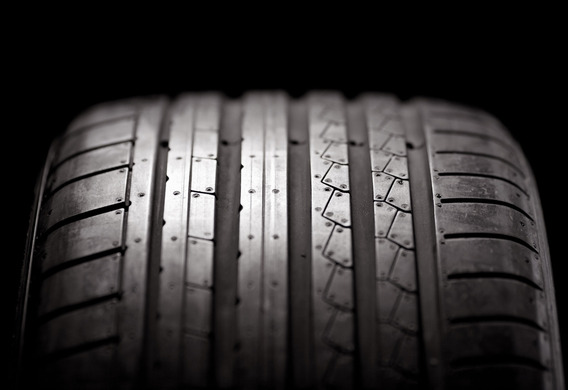
Summer tires are one kind of type of tire. They are used at the time of year when the temperature is stable. They are suitable for asphalt roads, wet and dry coatings, but will be of little use during the winter and on the ground and gravel.

Characteristics of summer tyres
Summer tires differ from other high durability, low noise and low rolling resistance. The "Kanavki", located on the tread, is relatively low, because their main purpose is to remove water from the contact's stains.
The summer tyres are made from rigid rubber blends-it increases the grip of the road. There are three basic types of tyres: for road-road, off-road and off-road use for road-sharing, with regular off-road trips.
A distinctive feature of the tyres for the off-road is the presence of rigid "chaps" not subject to deformation. In the city, such a drawing would not be useful, but instead it would increase the fuel consumption, and the tyres themselves would make noise.
Tread pattern on summer tyres
There are two types of tread pattern: directional and non-directional.
The tread pattern shall be the same as the direction of rotation of the wheel. The trick is to properly install the covers properly. You can determine the correct placement of the cover by an arrow that indicates the direction of rotation. Typically, manufacturers accompany the arrow with the inscription "rotation".
If the direction of the "canals" is correct, then the water will come out from the contact stain, if there is no moisture, on the contrary, it will be collected from the edges of the wheel to the contact's stain. This may cause the phenomenon of aqua planning.
There are two types of directional drawing-symmetrical and asymmetrical. That is, if you conditionally draw the line around the top of the cover, the picture to the right of the line is exactly the same as the one on the left. A symmetrical drawing, as if it consists of two different parts. This is done in order to improve the versatility of the tyres: one part (external, marked "outside") is designed for wet coating and is combating water. Second, internal ("inside") -for dry coatings.
The latter type is undirected, the cost is relatively low. A feature of this figure is that the properties of the cap are preserved regardless of the direction of rotation of the wheel. In other words, the clutch of the roadway will be the same for both forward and backward movement. This is a universal picture, and most of these are installed in automakers.
By analogy with a directional pattern, it can be symmetric and asymmetric.







